I work with you. I watch you. I read what you say and I see what you do. I’ve seen how you are reacting and what you are teaching following the attempted coup of 2021. I have some notes for you ….
I need you to stop waiting to be ready. You are not ready. You will never be ready. But you need to act to interrupt Whiteness’s hold on education. I am using Whiteness in the spirit Dr. Debbie Reese used it in her 2019 Arbuthnot lecture as a stand-in for an oppressive and normed expectation that White, male, straight, cis, able, Christian, English speaking, and middle class are that which everything else is measured against (https://pbswisconsin.org/wpt-education-livestream/).
You will screw up. You will do damage. You will be criticized. Welcome to the world, now get on with it.
You will NOT be perfect. You will NOT receive cookies or badges or rewards of any kind for being brave. And, you need to act anyway.
DECENTERING WHITENESS

Using “I” statements won’t divorce you from your community, history, and culpability. The world we are living in is your world. It was created for you. This is America, it is your America and avoiding this reality does not help anyone or anything except you. Your need to avoid “conflict” is actually a way to avoid change. Your need to avoid the discomfort of the history of racism and other forms of oppression, as well as current events is an issue for you to deal with.
 You need to work on that. You, as an adult and as a teacher need to learn how to engage in conversation that YOU are not ready for because the kids in your class are ready. They need a place to talk through, to look at, to digest and think about their world.
You need to work on that. You, as an adult and as a teacher need to learn how to engage in conversation that YOU are not ready for because the kids in your class are ready. They need a place to talk through, to look at, to digest and think about their world.
Your avoidance is protecting you from your own discomfort. Avoiding conversations with your students is a selfish, self-indulgent act.
Read that again.
You are the adult in the room and your students are looking and listening to you for clues on how to move forward. They know if you are open to discussions, they hear your hesitancy and the hopeful avoidance in your questions. It is your responsibility to be an adult and take control of your learning. The fact that you have not been listening, reading, watching, hearing anyone besides White, male, Christian, able, straight, English speaking people for your entire adult life is no one else’s fault. Take responsibility for your own action and inactions.
Did you read that copy of White Fragility you absolutely had to have?
Did you read that copy of How to be an Antiracist you absolutely had to have?
Did you read that copy of So You Want to Talk About Race you absolutely had to have?
 If you read those books or any of the others that were trending over the summer, did you work to understand them? If you read White Rage that would have helped you understand what you saw this week. Are you ready to apply this fragile knowledge in your classrooms?
If you read those books or any of the others that were trending over the summer, did you work to understand them? If you read White Rage that would have helped you understand what you saw this week. Are you ready to apply this fragile knowledge in your classrooms?
No?
That is a YOU problem and you need to fix it because Whiteness loves to protect itself with perfection.
CENTER BIPOC KNOWLEDGE
If you had been listening to BIPOC folks and believing us, you would find the attempted coup COMPLETELY believable. Because we have been telling you for literally centuries that Whiteness is a dangerous and violent colonizing force. Whiteness keeps showing up cloaked in blood and you keep being surprised.

The current president and his White supremacist fan base have been 100% truthful with you the entire time. Their messages aren’t subtle but your inability to comprehend is your responsibility. If you want to center yourself, center your need to comprehend and act on what we have been telling you, what you have been avoiding. Center your inaction.
 You should NOT be surprised by the fact that your Trump supporting friend, relative, colleague, neighbor is a racist, homophobic, anti-mask, COVID denying asshat. Your surprise is a way of denying, of turning away from, and protecting you. Being surprised is about you and your actions. It isn’t about the world, because the world isn’t really all that surprising most of the time. Again, White supremacists have LITERALLY been telling us what and when they were going to attempt a coup.
You should NOT be surprised by the fact that your Trump supporting friend, relative, colleague, neighbor is a racist, homophobic, anti-mask, COVID denying asshat. Your surprise is a way of denying, of turning away from, and protecting you. Being surprised is about you and your actions. It isn’t about the world, because the world isn’t really all that surprising most of the time. Again, White supremacists have LITERALLY been telling us what and when they were going to attempt a coup.
You might not like it, but stop saying you are surprised. You need to be asking yourself why you keep thinking that the Trump supporting racist, homophobic, anti-mask, COVID denying asshat is STILL a “good person”. When is the line of goodness breached?
And, a word on Stacey Abrams … White America loves a lone wolf hero, a single savior but that isn’t how social justice movements work. We spend the time to build coalitions and partnerships. We work like hell all the time. We provide back-up for each other and lift each other up, call each other out, and learn from each other. Read Ishena Robinson’s excellent piece from The ROOT – Stacey Abrams Is Not Your Superhero, Mule or God.
WHAT NOT TO DO
Stop “protecting the children”. You aren’t. You are perpetuating Whiteness and you are protecting Whiteness. You are protecting your place in oppressive systems and your own comfort.
Stop being “exhausted”. All you all White people need to buck the fuck up and figure out what you are going to DO about this mess. And then DO something. Whiteness always wants to protect itself but does not give a holy hot kitten about the oppressive violence it causes.
Stop denying. If you find yourself saying “this is not America” or “this is not who we are” just shut up.
Stop “all lives mattering” or “what about riots in black and brown neighborhoods” bullshit. I’m not even going to explain this to you.
Stop asking BIPOC people in your life to be patient and help you without putting in some damn work.
WHAT TO DO
Take a deep breath and say “this is my America. How can we change it?”
Take charge of your own learning. Look up definitions! Start with “False equivalency” and “gaslighting”.
Look for resources produced and authored by BIPOC women. I am not going to give you a link. Do some damn work.
Consume BIPOC media, especially books, movies, podcasts produced and authored by BIPOC women.
Recommend BIPOC media, especially the material produced and authored by BIPOC women to your White peers and colleagues.
Believe BIPOC women.

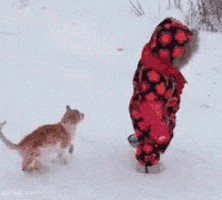

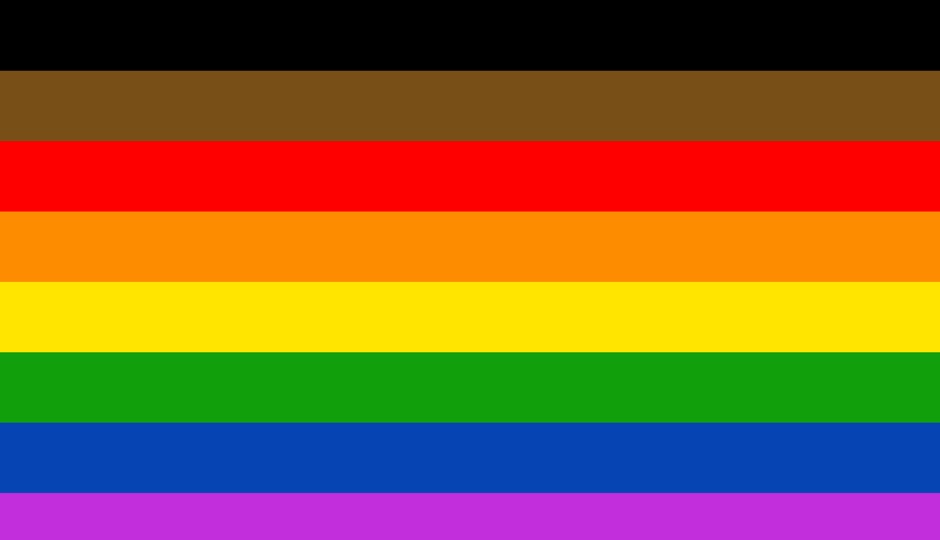
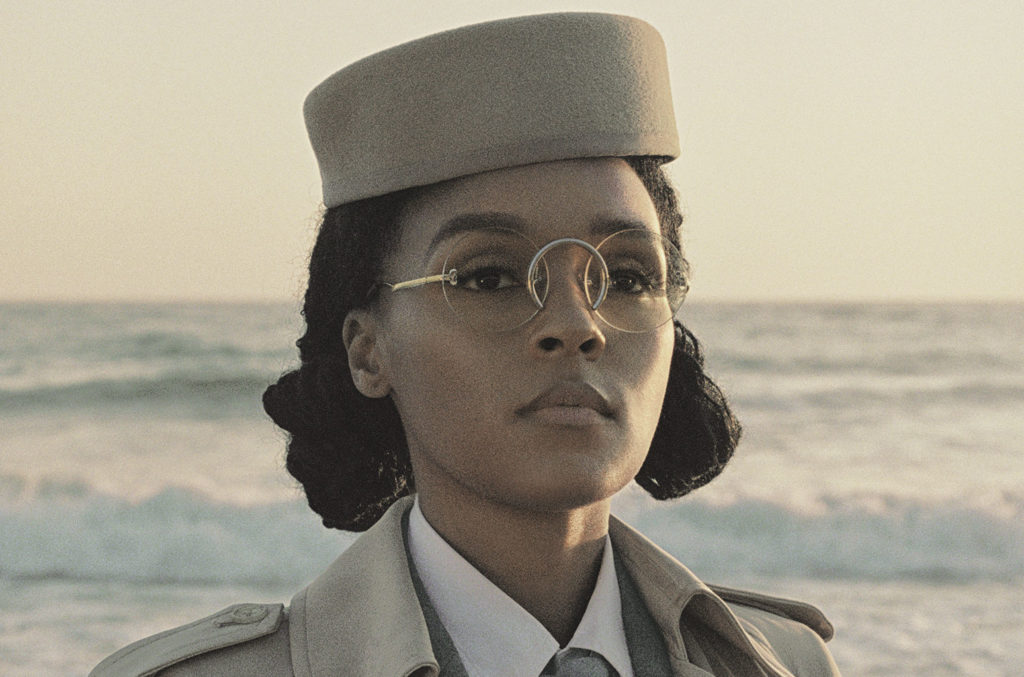
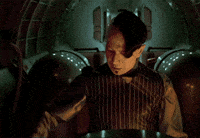

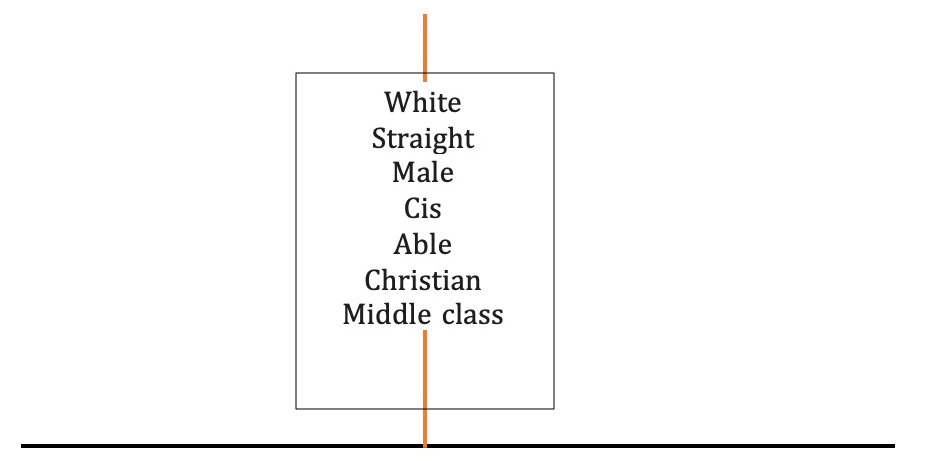




 June in Pride Month and I’m a long-time Latinx lesbian and we’ve got some history to cover. I’ve been out for the majority of my life. I’m out to friends, family, acquaintances, neighbors, colleagues, students, my sons’ friends and families, the checkout people at the grocery store, all the contractors I try and get to come back to the house to actually do the work that we’d like to pay them for, and our dog. I’m even out to the Subaru dealership guys – although that not a shock to anyone.
June in Pride Month and I’m a long-time Latinx lesbian and we’ve got some history to cover. I’ve been out for the majority of my life. I’m out to friends, family, acquaintances, neighbors, colleagues, students, my sons’ friends and families, the checkout people at the grocery store, all the contractors I try and get to come back to the house to actually do the work that we’d like to pay them for, and our dog. I’m even out to the Subaru dealership guys – although that not a shock to anyone. The LGBTQIA community has a lot to learn and repair. I was hoping some of that education and repair work would be seen in Stonewall: A Building. An Uprising. A Revolution by Rob Sanders and Jamey Christoph (Random House, 2019).
The LGBTQIA community has a lot to learn and repair. I was hoping some of that education and repair work would be seen in Stonewall: A Building. An Uprising. A Revolution by Rob Sanders and Jamey Christoph (Random House, 2019).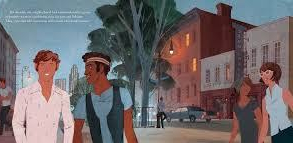
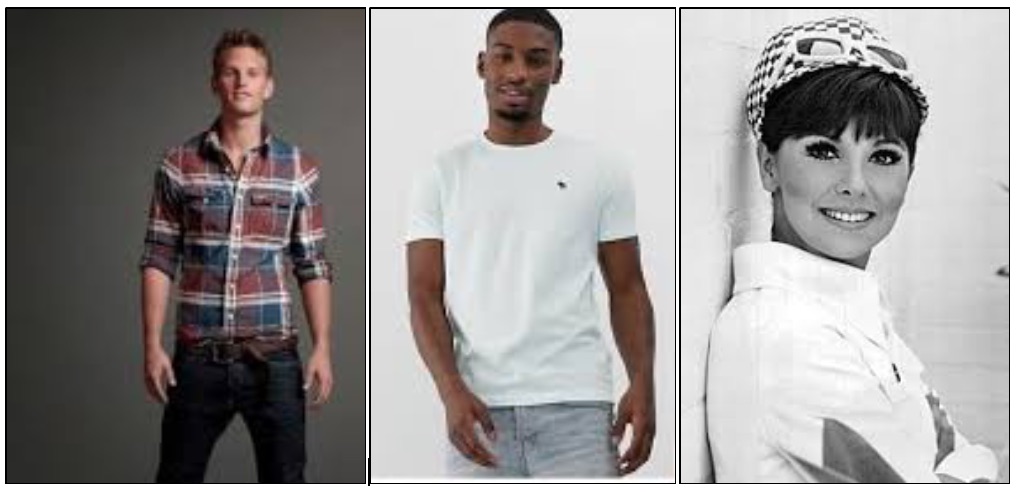

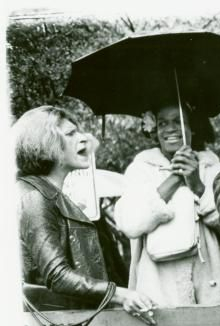
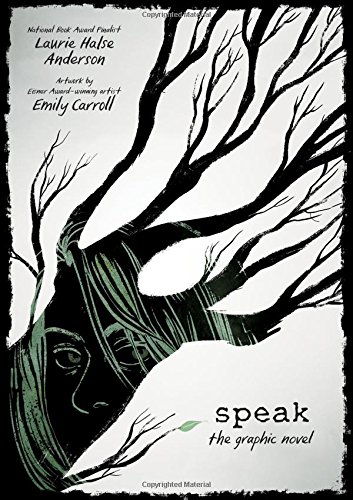








 Indigo looked at the objectification of yet another “brown femme” body and felt danger there. Do I think that is what the author meant? No. But, it is more important to listen to what Indigo saw and felt as she read. I’d love to ask Indigo about the way she was reading this image – what gave her the creeps? Was it the heavy lidded eyes, so often associated with “bedroom eyes”? The fact that Julián is nearly naked in his tighty whities? Maybe the blush on his cheeks? When I start reading, seriously reading this image with this and some of the other commentary Indigo put out on Twitter, I began to get an inkling. I suspect the issue is the intimacy we, as outsiders, read and bear witness to seeing Julián build his gender representation from the world of his grandmother’s house.
Indigo looked at the objectification of yet another “brown femme” body and felt danger there. Do I think that is what the author meant? No. But, it is more important to listen to what Indigo saw and felt as she read. I’d love to ask Indigo about the way she was reading this image – what gave her the creeps? Was it the heavy lidded eyes, so often associated with “bedroom eyes”? The fact that Julián is nearly naked in his tighty whities? Maybe the blush on his cheeks? When I start reading, seriously reading this image with this and some of the other commentary Indigo put out on Twitter, I began to get an inkling. I suspect the issue is the intimacy we, as outsiders, read and bear witness to seeing Julián build his gender representation from the world of his grandmother’s house.
 All of this was done silently and without consent. (There is also some really weird lesbian fetishizing but
All of this was done silently and without consent. (There is also some really weird lesbian fetishizing but 





 be honest, it looks promising. The cover is a study of blues. There is what looks like a human heart in the center, with two young women facing each other, touching foreheads, in an embrace. The young women are flanked by much more violent images that make up a slightly recessed background and are colored in a darker blue. On the left, three people are holding long knives and looking determined, above their heads are hands grasping something between thumb and for-finger. On the other side, there are people in riot gear, attack dogs, and a young man getting arrested.
be honest, it looks promising. The cover is a study of blues. There is what looks like a human heart in the center, with two young women facing each other, touching foreheads, in an embrace. The young women are flanked by much more violent images that make up a slightly recessed background and are colored in a darker blue. On the left, three people are holding long knives and looking determined, above their heads are hands grasping something between thumb and for-finger. On the other side, there are people in riot gear, attack dogs, and a young man getting arrested.
An author’s response
Rob Sanders replied using the comment option :
As the author of the first picture book on the subject of the Stonewall Uprising, I was careful not to tell any one story from the Uprising–and there are as many stories as there are people who were present, each true and authentic. Rather, I chose to tell the story of the buildings that came to be known as the Stonewall Inn so children for the first time ever could hear and read about the history of the Uprising. The book was vetted by eight diverse members of the LGBTQ community. The illustrations of the book show a cross-section of the LGBTQ community who were present at the Stonewall Inn and who took place in the Uprising. The back matter is careful to point out with words and photos that trans women of color had an important role in the Uprising. One book never can represent all the aspects of a historic event, nor can one author. It was my sincere hope when I wrote this book and today that this is the first of many books on the subject of the Stonewall Uprising and that people who can tell the stories of individuals who were present at the Uprising will tell those stories with their strong, authentic voices.